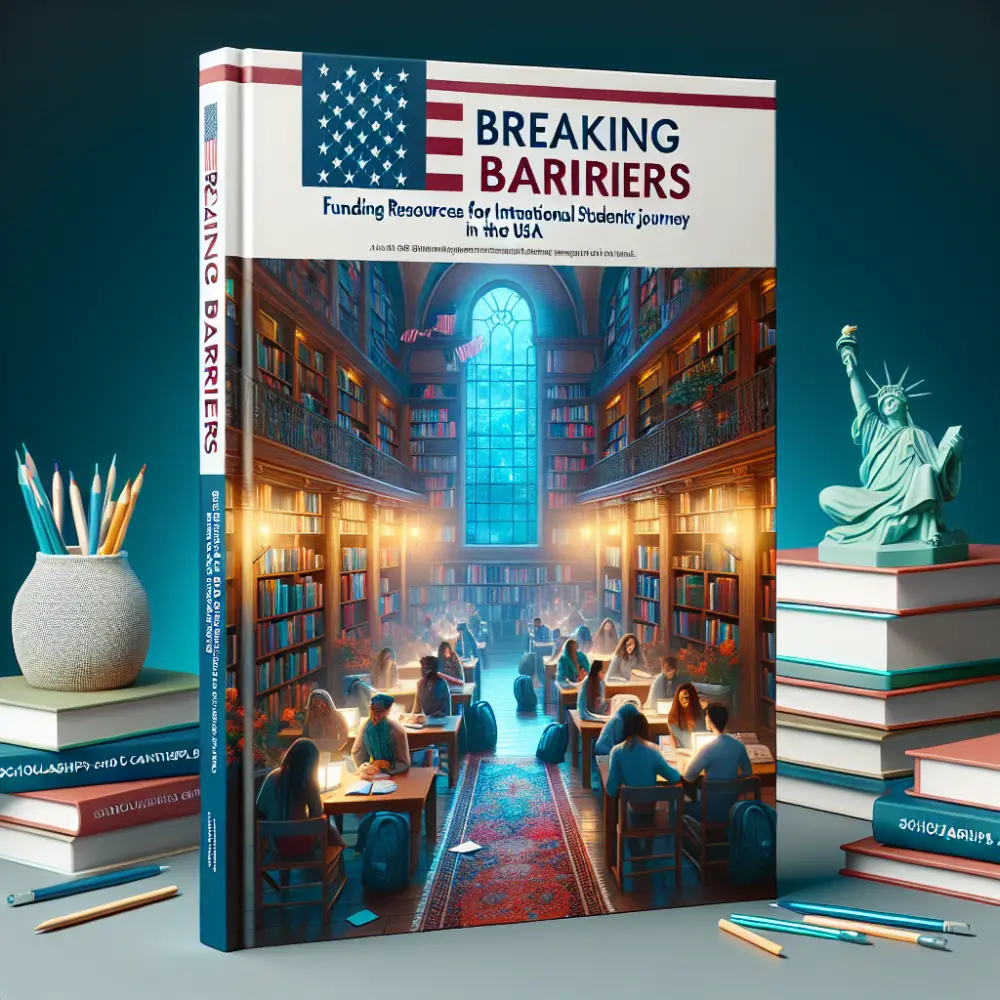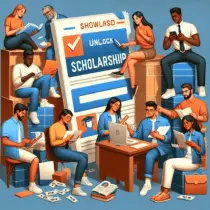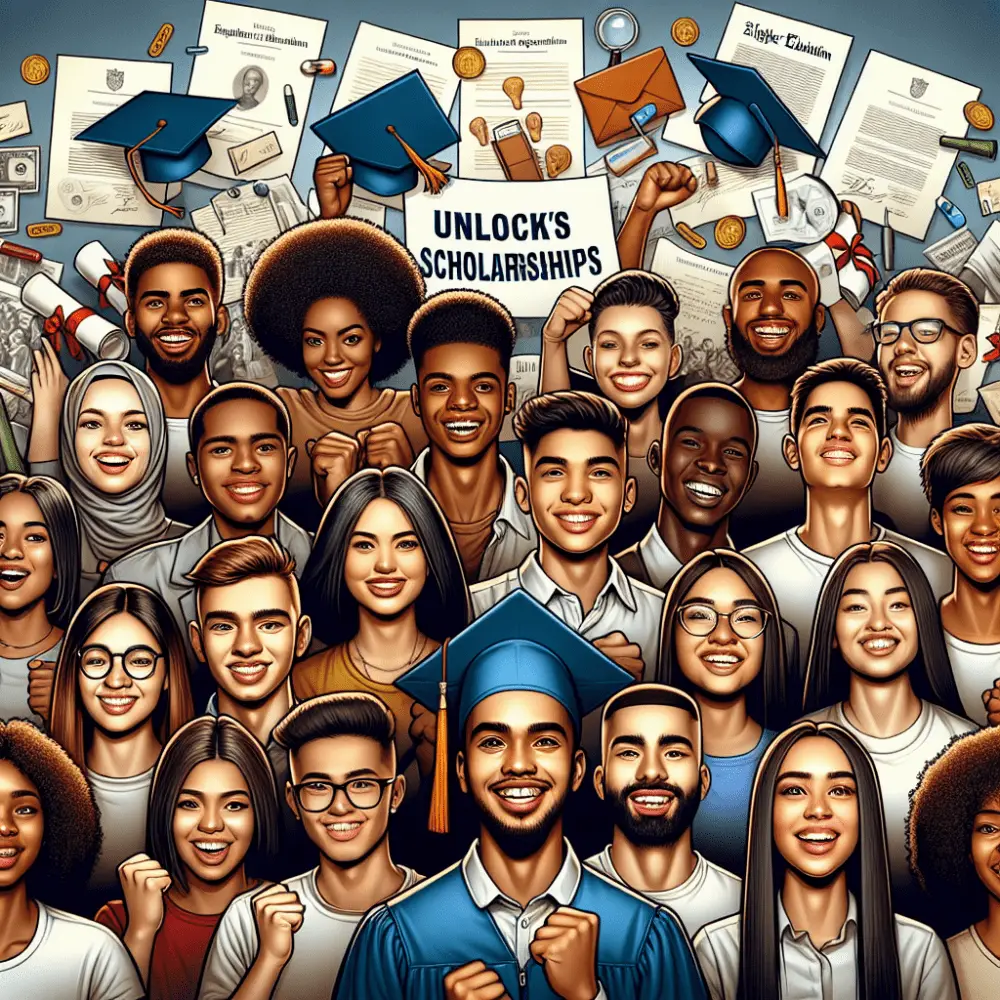Breaking Barriers: Funding Resources for International Students’ Academic Journey in the USA
Introduction:
The United States has long been a sought-after destination for international students looking to pursue higher education opportunities. With its world-renowned universities and diverse academic programs, the USA offers a wealth of educational possibilities. However, for many aspiring international students, one major barrier stands in the way – funding. The cost of tuition, accommodation, and living expenses can be overwhelming, but there are funding resources available to help break down these barriers and make the dream of studying in the USA a reality.
Scholarship Provider:
One prominent scholarship provider that aims to support international students is the United States Department of State’s Bureau of Educational and Cultural Affairs. Through their flagship program, the Fulbright Scholarship, they offer generous financial assistance to students from around the world. The Fulbright Scholarship is highly regarded and has provided opportunities for countless international students to pursue their academic goals in the USA.
Eligible Applicants:
The Fulbright Scholarship is open to students from over 160 countries. It caters to both undergraduate and graduate students interested in a wide range of disciplines including STEM fields, humanities, social sciences, arts, and more. This broad eligibility criterion ensures that a diverse pool of talented individuals can apply for this prestigious scholarship.
Host Country:
Aspiring scholars who receive the Fulbright Scholarship have the opportunity to study at accredited institutions across the United States. This means that they can choose from a vast array of universities and colleges renowned for their excellence in various fields. Whether it’s Silicon Valley for technology enthusiasts or Ivy League institutions for those aspiring towards top-tier education, there is no shortage of choices when it comes to host institutions.
Scholarship Worth:
The Fulbright Scholarship covers tuition fees as well as provides funding for accommodation expenses during the duration of study in the United States. Additionally, it also caters to travel expenses, health insurance coverage, textbooks allowance, and provides a monthly stipend for living expenses. With such comprehensive financial support, international students can focus on their studies without worrying about the financial burden.
Level and Field of Study:
The Fulbright Scholarship caters to both undergraduate and graduate level studies, allowing students to pursue their education at various stages. Whether you’re a recent high school graduate or a professional looking to enhance your expertise through advanced degrees, the Fulbright Scholarship offers funding opportunities that align with your academic journey.

How to Apply for the Fulbright Scholarship:
Applying for the Fulbright Scholarship requires careful planning and preparation. Interested candidates must submit an online application form along with supporting documents that showcase their academic achievements, language proficiency, research objectives, and leadership potential. They are also required to provide references who can speak to their abilities and potential as future leaders in their field. The application process is rigorous but highly rewarding for those who are selected.
Countries Eligible for the Fulbright Scholarship:
The Fulbright Scholarship is open to applicants from countries across the world. While eligibility criteria may vary slightly based on individual country requirements, the program aims to promote mutual understanding between nations through educational exchange. Students from countries such as India, China, Brazil, Nigeria, Egypt, Kenya, and many others have successfully availed of this scholarship opportunity.
Eligibility Criteria for the “Breaking Barriers: Funding Resources for International Students’ Academic Journey in the USA”:
Apart from individual scholarship programs like the Fulbright Scholarship, there are other funding resources available specifically for international students studying in the USA. Eligibility criteria may differ according to each resource; however common requirements often include academic excellence, financial need, leadership potential, community involvement, and a strong desire to make a positive impact in one’s home country upon completion of studies.
Actual Scholarship Deadline:
To ensure timely application submission and increase chances of selection for scholarships like the Fulbright Scholarship or other funding resources available for international students in the USA, it is crucial to keep track of the actual scholarship deadline. Deadlines may vary depending on the scholarship provider and program, so it is essential to check the official websites and other reliable sources for accurate information.
FAQ:
Q: Are there any scholarships specifically for undergraduate students?
A: Yes, many scholarships, including the Fulbright Scholarship, are open to both undergraduate and graduate students. It is important to research and find scholarships that align with your level of study.
Q: Can international students apply for need-based financial aid in the USA?
A: Some universities in the USA do offer need-based financial aid to international students. However, it is crucial to check with individual institutions regarding their policies and requirements.
Q: Are there any scholarships available for English language courses in the USA?
A: Yes, there are scholarships available specifically for English language courses or programs like the English Language Fellow Program offered by the United States Department of State.
Q: Do I need a high GPA to be eligible for scholarships in the USA?
A: While a high GPA can certainly bolster your chances of securing a scholarship, there are also scholarships available that consider other factors such as leadership potential, community involvement, and research objectives.
In conclusion, funding resources play a vital role in breaking down barriers faced by international students pursuing their academic journey in the USA. Scholarships like the Fulbright Scholarship provide unparalleled opportunities for talented individuals from around the world. By utilizing various funding resources and staying informed about eligibility criteria and deadlines, international students can overcome financial hurdles and embark on an enriching educational experience in the United States.








